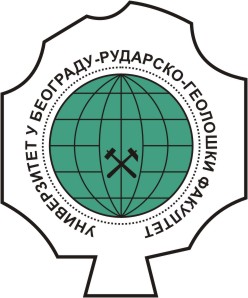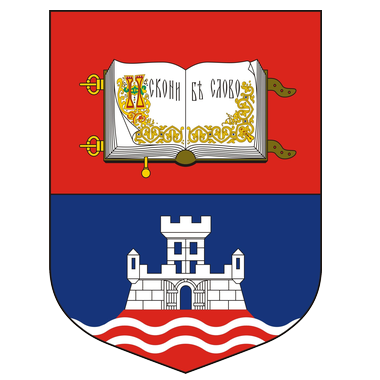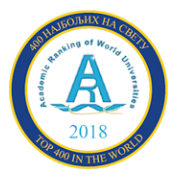Content:
Theory teaching
Physical and chemical properties of oil and gas, - basic concepts of organic chemistry, - hydrocarbons (alkanes, alkenes, alkynes, cycloalkanes and aromatic hydrocarbons), - organic compounds of oxygen (alcohols, phenols, aldehydes, ketones and carboxylic acids) (thiols, organic monosulfides, organic disulphides and heterocyclic compounds of sulfur), - organic nitrogen compounds (amines and heterocyclic nitrogen compounds), metallo-organic compounds, - preparation of crude oil and gas for processing, - oil and gas processing; physical chemical processes for processing petroleum and petroleum products, - products of oil and gas processing, - protection measures against firefighters and occupational safety measures. Practical teaching
Fire and fire extinguishing - Determination of water hardness: from the water supply and softened by the ion exchange processor - Determination of acidity / alkalinity (using indicator paper, indicator solution and pH meter) - Determination of aromatics, olefins and resins in petroleum products - Determination density of oil derivatives, , determination of the viscosity with Englerviscometar, determination of the ignition point according to Markusson and Pensky-Martens, determination of sulfur in liquid fuels, determination of the temperature of blur, fractional distillation of the oil; distillation with water vapor. |
Suggested Reading List:
- S. Nešić, Hemija nafte sa osnovama prerade, Rudarsko-geološki fakultet, Beograd, 1991.
- Noller, Kemija organskih spojeva, Tehnička knjiga, Zagreb, 1967.
- V. Almažan, J. Stupar, V. Mitrović, Uputstvo i radna sveska za laboratorijska merenja, tehnologiju nafte i njenih derivata, Rudarsko-geološki fakultet, Beograd, 2005.
-
-
|






